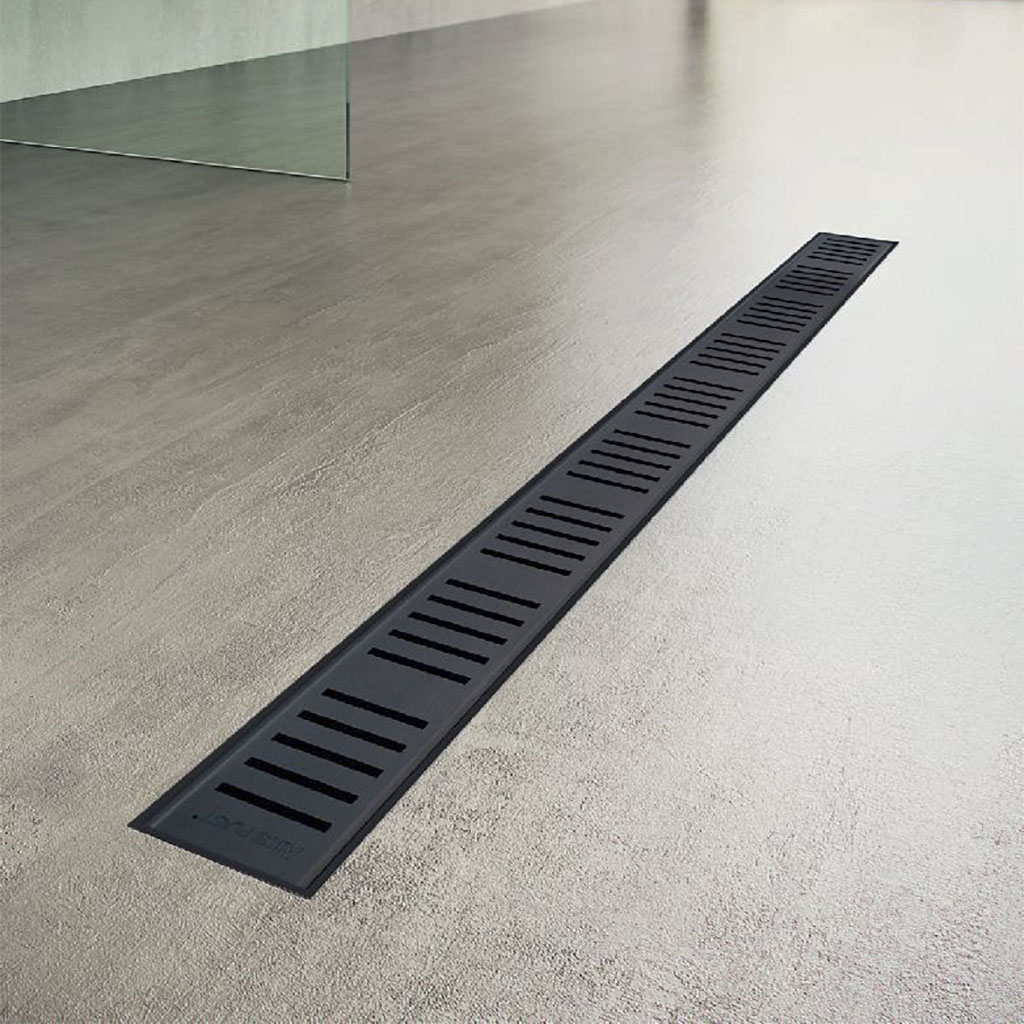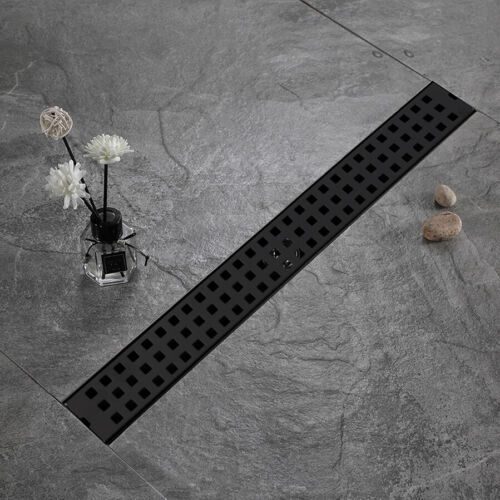Taking Charge-Managing-Overseeing of Shower Drain-Bathroom Drain-Drainage System Installation-Setup-Project Yourself-On Your Own-Independently
Taking Charge-Managing-Overseeing of Shower Drain-Bathroom Drain-Drainage System Installation-Setup-Project Yourself-On Your Own-Independently
Blog Article
The article below pertaining to How to Choose the Best Drain for Your Shower is extremely stimulating. Don't bypass it.

Updating a restroom is among the much more popular residence improvement jobs. Handling the plumbing for draining your shower can be exceptionally straightforward unless you overdo.
Handling Your Own Shower Drain Setup Job
You can literally develop a collector for your brand-new shower, however you really need to consider it. Do you really want to enter the issues of getting the sloping correct, as well as making sure every facet of it is waterproof? And I indicate every aspect! It is much easier to merely buy a pre-cast collector online or at your regional copyright, Residence Depot or equipment store. Building one may sound like a great concept, but you will probably really feel in a different way after a number of hrs.
Regardless of exactly how you set about getting a pan, you ought to make every effort to use one that has the drainpipe situated in the exact same spot as the original frying pan. Relocating the drain pipes can be a job, especially if the home builder used an unique framework structure. If you are determined to relocate the drain, you are mosting likely to have to reduce the pipeline or lengthen it, which might mean destroying large pieces of the flooring. Rephrase, you are going to be checking out a multiple weekend task.
Presuming we have our drainpipe aligned, the actual attach is fairly easy. The drain pipe ought to be facing vertical up to the collection agency. It will often look like a "U", which means it works as a cleanout to keep nasty scents from coming back up from the drain. To attach the drain, you are mosting likely to produce a water limited link between a drain cap on the top of the pan as well as the water drainage pipeline. Systems differ, but you are usually going to do this by putting a combining item on the top of the water drainage pipeline. This is then covered with gaskets as well as actually screwed right into the drainpipe cap. The drainpipe cap should work as a locknut, to wit, it screws directly onto the combining.
The complicated part of this process is getting your drain cap to match a leak-proof position in the frying pan. This is completed by withdrawing the drainpipe cap once you make sure everything meshes. At that point, you placed plumbing professionals putty around the bottom of the cap and afterwards screw it back on. The putty needs to form a limited seal between the cap and the shower frying pan, which keeps water from trickling under it and right into the mounting under the shower.
Undoubtedly, washroom showers come in a wide array of designs nowadays. If you purchase an enthusiast, they often come with plumbing instructions or the shop can note anything unusual you should understand. It seems complicated, yet is usually rather straight forward. Have a good time!
Whether you are a bathtub or shower person, the majority of people look for shower only options when buying a home. This easy fact suggests greater than a couple of property owners invest a weekend break upgrading or installing showers in their restrooms. Thankfully for you, it is a rather basic process.
A collection agency or pan refers to the horizontal surface situated at the bottom of the shower. The collection agency commonly includes a non-slip surface somewhat banked towards the facility or any place the drainpipe is located. Incorporated with three to 4 inch walls around the side, the objective of your shower water drainage plumbing is to get the water to stream to as well as away.
Tips for Installing a Shower Drain Assembly
Renovating a bathroom can be exciting as well as fulfilling if you’re tackling the job DIY-style. After you cross off the bigger decisions such as tile style, paint colors, and fixtures, you’ll need to finalize smaller details – such as the shower drain. In this article, we’re sharing some tips for selecting and installing the right drain assembly for your updated shower.
What is a shower drain assembly?
Shower bases or pans typically only come with a pre-drilled drain hole. Since the pan slopes toward the drain, you should consider the placement – left, center, or right – when designing your shower. You’ll need to purchase and install a shower drain assembly that connects the shower pan to the drain pipe underneath the shower. There are a few types of assemblies, which will be covered below.
Size of a shower drain
When it comes to installing drains, size matters. The recommended pipe size for a shower drain is 2 inches, whereas most tubs use 1.5-inch pipes. Why the difference?
Shower pans are shallower than tubs, so there’s a higher risk for overflow. So, the larger pipe allows for quicker draining. If you are replacing an old tub with a newer stand-up shower, you will need to make additional plumbing adjustments to accommodate the 2-inch pipe.
Types of shower drain assemblies
There are three common types of shower drain assemblies: compression shower drain, solvent-glue shower drain, and tile shower drain. The layout, design, and materials of your shower can determine which type of shower drain assembly will work best.
Compression shower drain
This type of assembly attaches to the drain pipe with compression washers and nuts. The drain fitting is typically installed into the base, and then the base is installed into the bathroom floor. This makes compression-style drains easier to install than other options, particularly if you don’t have easy access from the floor under the shower base. Drains are available in a wide range of materials such as PVC (polyvinyl chloride), ABS (Acrylonitrile Butadiene Styrene), and brass, and can be used for acrylic, fiberglass, and steel shower bases.
Solvent-glued shower drain
Made of either polyvinyl or ABS, this type of shower drain is sealed to the drain pipe with solvent glue and silicone. Since you’ll be working underneath the drain pan, we only recommend using this type of drain if you have access under the shower, such as from a basement or crawlspace. It’s also important that you match the type of plastic of the drain with the drainpipe. If you take these precautions, you can install a solvent-glued drain assembly with acrylic, fiberglass, and steel shower bases.
Tile shower drain –
Drain assemblies for custom tile showers feature a waterproof membrane liner placed between two flanges. The tile is installed on top of the liner, collecting any water that seeps through the porous grout. A metal strainer is installed in line with the tile over the drain.
https://www.epshawaii.com/blog/tips-for-installing-a-shower-drain-assembly/

As an enthusiastic person who reads on How to Choose the Best Drain for Your Shower, I imagined sharing that excerpt was smart. Those who enjoyed reading our post please do not forget to share it. Thanks for your time. Come back soon.
Report this page